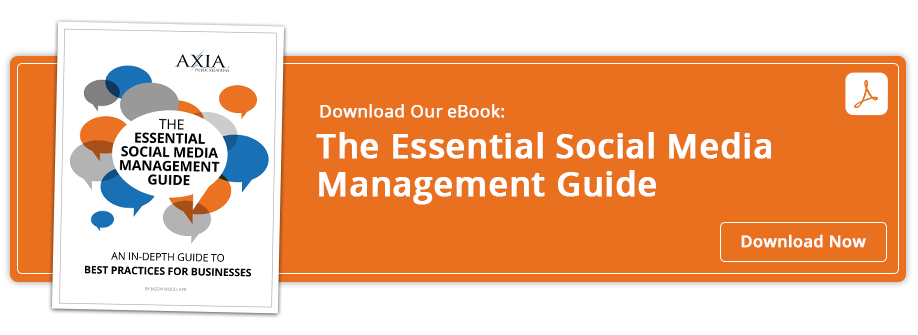 Cision releases 2015 Social Journalism Study
Cision releases 2015 Social Journalism Study
How have journalists’ attitudes changed regarding their use of PR? That is the question the 2015 Global Social Journalism Study asked of 3,000 journalists (comprised evenly of women and men) from six countries: the United States, the United Kingdom, Germany, Finland, Sweden and Australia. The annual study sponsored by Cision and the Canterbury Christ Church charts the changing ways journalists use social media to communicate with PR professionals.
Journalists have adapted quickly to the new social media paradigm, which is changing the way media professionals do business. The proof: Two-thirds of social media-savvy journalists log in daily to use these platforms. Yet social media’s importance varies from country to country and is weakening in some places. Here are some surprising results of Cision’s survey:
Social media may be more acceptable to reporters, but that doesn’t mean they feel great about it.
Social media stands still.
Although social media is a routine tool for most journalists across all surveyed countries, it has become less useful of late. However, it still continues to play a part in journalistic practices, with the significant majority of respondents (94 percent) using it on a daily basis.
Journalists want apps as resources.
Findings from the study show a maturation in journalists’ reliance on social media. Not surprisingly, young, time-crunched journalists who have already jumped on the digital bandwagon are becoming more strategic about how they spend their time on Twitter, Facebook and specialized social media apps such as Hootsuite, Flipboard and Storify. As a result, media representatives feel they’re less bound by traditional rules and find a lot of accessible information on social media.
Email is still the go-to.
Journalists may accept pitches via social media, yet email continues to be the preferred contact method.
Social media has more than one use.
What makes a particular social network popular is related to why journalists use social media. American and U.K. respondents’ main motivation for using social media is to publish and promote their own content. Australian journalists also named publishing and promoting as major parts of their social media strategy. In non-English-speaking countries, publishing and promotion ranked third, with sourcing as their top reason for social media usage.
Journalists are exploring newer and shinier apps.
Although Facebook and Twitter are the most widely used social media tools, survey participants use a variety of platforms such as Google+, Hootsuite, Flipboard and Spotify.
Cyber security raises concerns.
There is a significant and growing concern around cyber crime. This phenomenon is expanding in popularity in the U.S. and the U.K. in particular, likely because they are slower on the draw than other countries which are taking decisive action to protect their email clients and computers. With recent high-profile attacks on giants from Sony to Netflix, reporters are increasingly wary of cyber crime. The challenge is considerable for reporters who have public personas and cannot create “fake” profiles.
Social media remains a key tool.
As social media use among the general population has increased over the last few years, it continues to comprise an important facet of journalists’ work, and perceptions of it as a necessary and productive tool have stayed strong. Journalists use social media for all aspects of their work, with publishing and promoting topping the list. Despite some differences among global respondents’ opinions, most agreed that they couldn’t fully perform their tasks without social media.
Overview
Journalists deal with a heavy load of social media traffic but are becoming more strategic about how they spend their time online. Here are some key takeaways:
-
Ninety percent of media representatives view mobile compatibility as important to their media outlets’ overall success.
-
Social media is routine for most journalists, but its use is now stagnating. From here on out, time spent using social media will not increase dramatically; reporters will focus on apps customized to their needs.
-
Email continues to dominate reporters’ contact method preferences. The use of social media as a contact method is now preferred by only 22 percent of the media, down from 24 percent last year.
-
Journalists in English-speaking countries are more interactive and media-savvy and create more content on social media while engaging more with PR professionals.
-
Twitter and Facebook are the most popular social media platforms, but journalists use a variety of networks.
-
The majority of reporters, including 58 percent of U.S. journalists, are satisfied with their relationships with PR practitioners.
While engaging with social media hasn’t resulted in any fundamental shifts in journalism, the profession is divided on whether or not social media is undermining certain important journalistic values. Despite the difference in the use of and attitude toward social media, all countries surveyed hold similar views on the impact of social media on the profession and are increasingly feeling those changes.
Hot off the press
Download Axia Public Relations’ Essential Social Media Management Guide to learn how to better leverage your social media efforts to maximize your business’ success.

Erica Cottrill has 20 years’ experience in designing and implementing strategic marketing plans including publicity and social media programs for a wide spectrum of industries.
Featured image credit: 123rf.com
Topics: public relations, inbound marketing, shared media

Comment on This Article